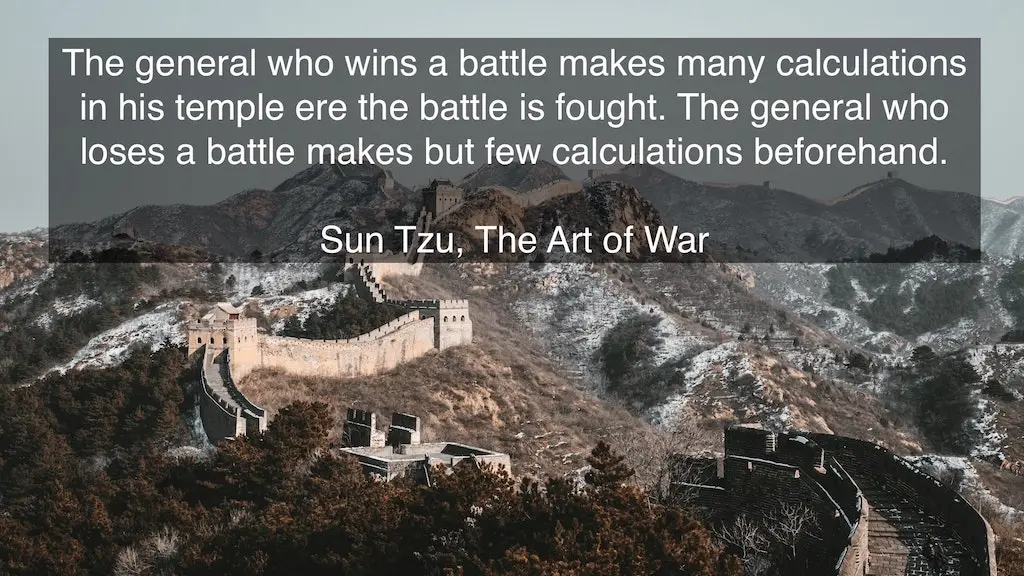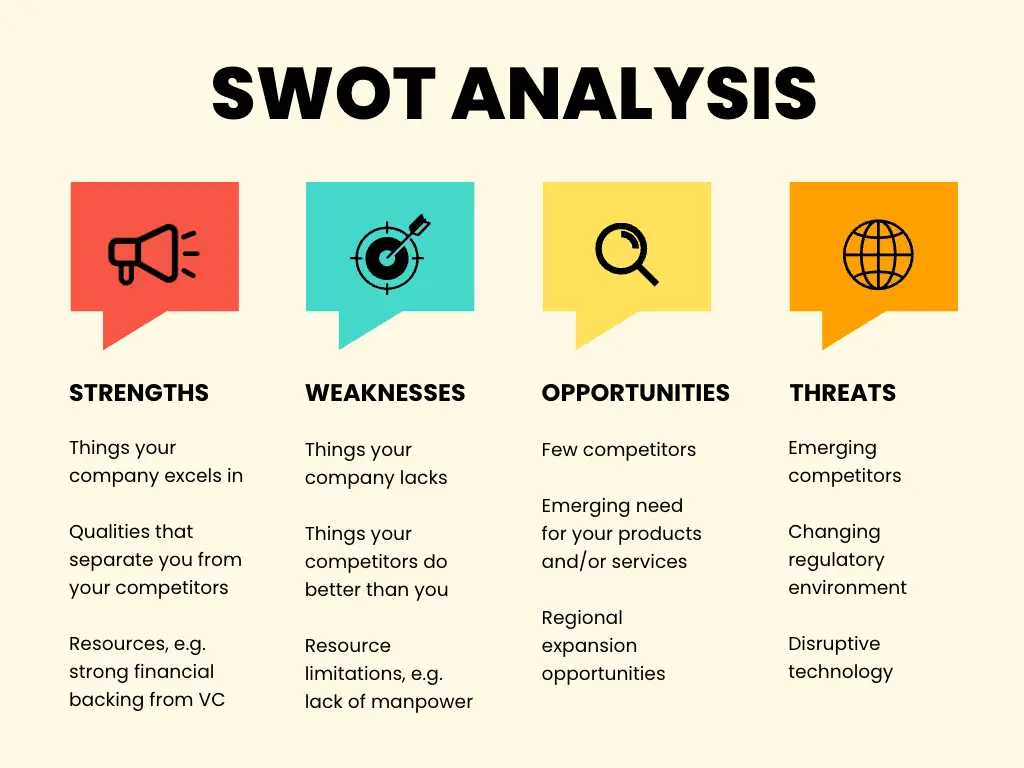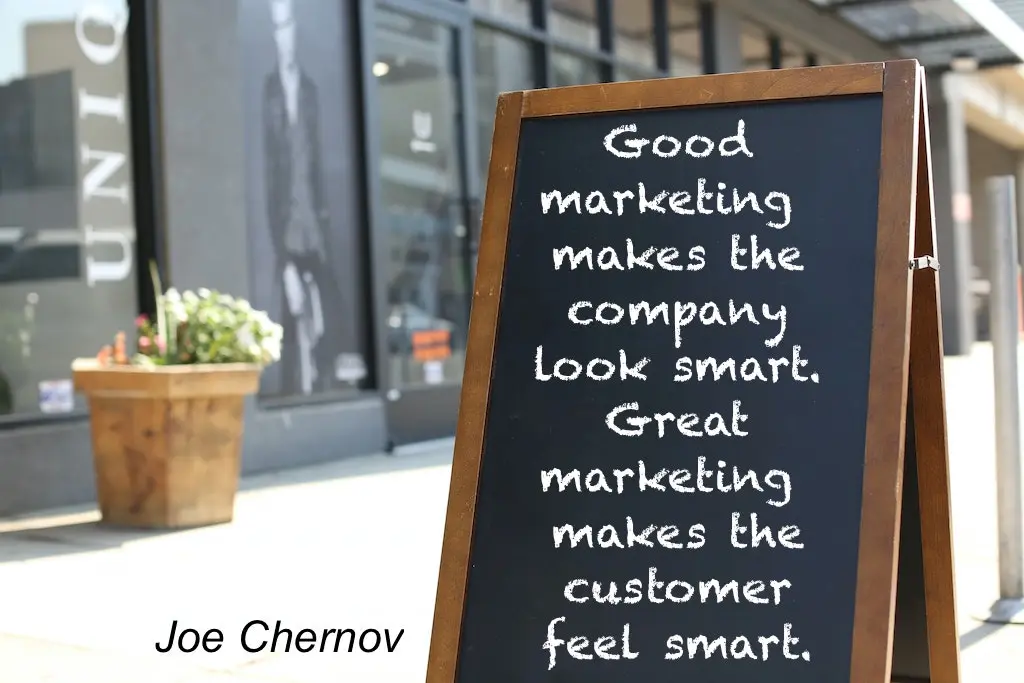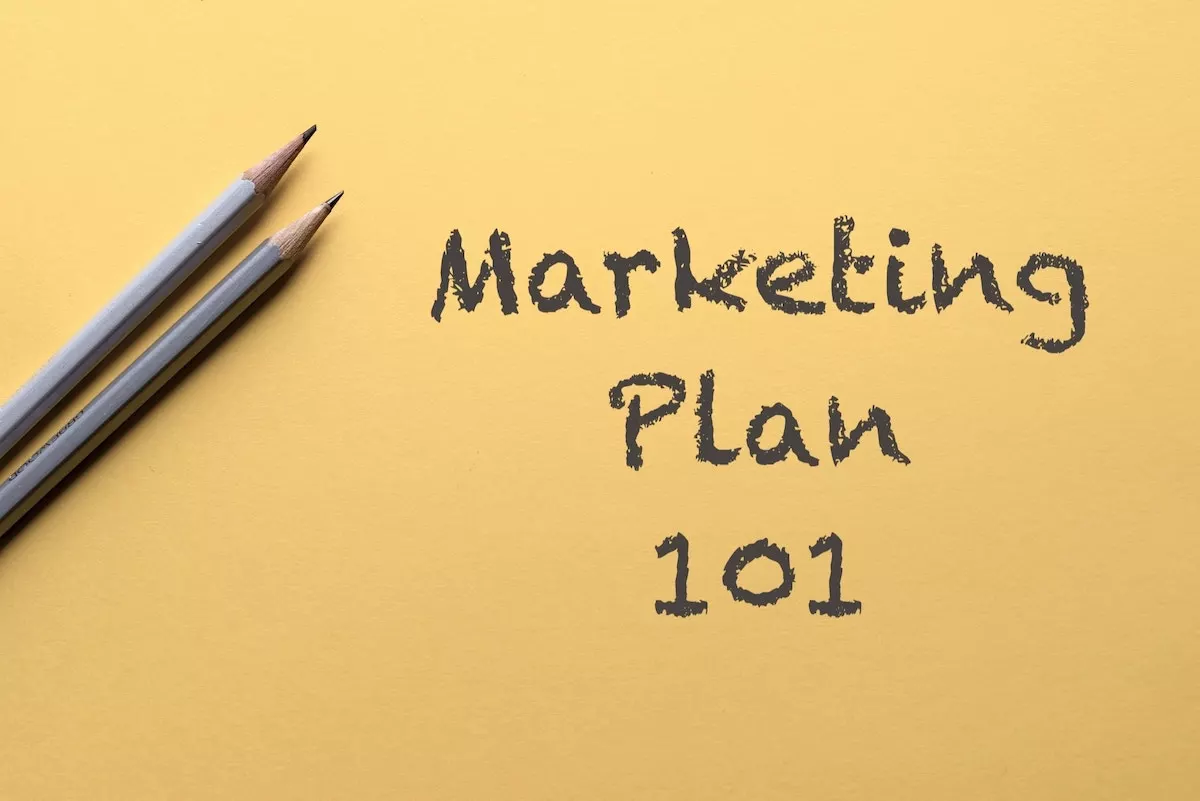I am not teaching a business course, so why am I writing this article? The short answer: I think many small business owners do not pay enough attention to marketing. Their idea of running a business is to set up shop at a good location and wait. Somehow, they think customers will just stream into their stores!
If you wish to capture and retain customers for your business, you need to make marketing your top priority. A good marketing plan will help you see your entire business from your customers’ point of view so that you can meet their needs, wants and demands.
This article covers the importance of writing a marketing plan and the key elements of a good marketing plan.
NOTE: If you are new to marketing, you will find this article useful. If you are a marketing whizz (good for you), you might want to explore other interesting posts on the blog.
- What is a Marketing Plan
- Why Do you Need a Marketing Plan
- Eight Essential Components of a Marketing Plan
1. What is a Marketing Plan
First, let’s understand what a marketing plan is. A marketing plan is not a business plan. A business plan covers the plans of ALL functions of a business, e.g. human resources, operations and finance. (To learn more, read Why You Need a Business Plan and How to Get Started.) In contrast, a marketing plan (which is part of a business plan) focuses on customer acquisition and retention, as well as the strategies and resources needed to do this successfully.
A marketing plan typically consists of eight components, which can be broadly categorised into two main parts. The first part looks at the market situation, as well as the opportunities and threats. The second part gives details on specific marketing strategies including pricing, advertising and public relations.
2. Why Do You Need a Marketing Plan
The short answer: No Customers = No Revenue = No Profit = No Business
If you think marketing is only important to big companies, you are gravely mistaken. The ultimate goal of every business, big or small, is to acquire more customers and make more sales. To achieve that, you need to have a good understanding of the market situation, set marketing goals and have a game plan to achieve these goals.
This is especially critical in today’s cut-throat business environment where challenges like increased global competition, changing customer values and disruptive technologies could easily threaten the existence of your business. Without a well-thought-out marketing plan, you are basically going to war without a strategy to win. The outcome can be summed up in one word: disastrous.

3. Eight Essential Components of a Marketing Plan
If you have zero clue about marketing, fret not. This part of the article spells out the eight key elements of a typical marketing plan for your reference.
NOTE: Your plan does not need to include every component. Do exercise flexibility and craft a more ‘stripped down’ version depending on your audience and business needs.
1️⃣ Executive Summary
The executive summary gives an overview of the marketing plan. It sums up the broad marketing strategy, as well as highlight the main objectives and recommendations presented in the plan.
2️⃣ Current Situation
The current situation presents important background data on the market, product, competition, distribution and macro-environment.
► Market Situation focuses on the target market. It contains data such as size, demographics, geographical segment, customer perception and behavioural traits.
► Product Situation provides data on the sales, prices, margins and profits of the products/services.
► Competitive Situation identifies and describes the major competitors in terms of their products/services, capabilities, pricing, market share and strategies.
► Distribution Situation gives a rundown on the size and importance of each key distribution channel.
► Macro-environment Situation sums up the macro-environmental trends (e.g. demographics, technology and politics) that might have an impact on the future of the products/services.
3️⃣ SWOT and Issue Analysis
SWOT stands for Strengths, Weaknesses, Opportunities and Threats. This section of the plan identifies the strengths and weaknesses of the products/services (internal factors), as well as the opportunities and threats facing the business (external factors). Using the SWOT analysis, you will define the key issues that need to be addressed, e.g. Should you engage a social media strategist to improve online engagement? Should you revise your current pricing policy to stay competitive?

4️⃣ Objectives
Both financial and marketing objectives must be set. Financial objectives are linked to profit and cash flow. For instance, a business might aim to make a net profit of 1.7 million in 2023. How will this financial objective be achieved? By translating it into marketing objectives such as the following:
- Generate total sales revenue of 3.4 million in 2023, which represents a 25% increase from 2022.
- Expand the number of dealers by 10%.
- Increase unit price by 5% to $40.
5️⃣ Marketing Strategy
This section details the game plan to achieve your objectives. It outlines the target market, product positioning, price, distribution and specific strategies like direct marketing, sales promotions and membership programmes. Here is an example of a membership programme of a start-up hair salon:
Sideburns n Ponytails Membership Programme - To foster loyalty amongst customers and boost repeat business, Sideburns n Ponytails will introduce a 2-year membership programme. - Each staff will target to sign up 2 members a week in the first 2 years of operation. - At only $20, the membership entitles members to attractive discounts for all hair services. - To encourage sign ups, the membership can be used immediately upon purchase. Not only that, new members will also receive a free 'Shampoo & Blow' service as a sign-up bonus. This comes in the form of a gift voucher, which is transferable. - Membership discounts include: ◦ 10% off all hair services ◦ 20% off all hair services during birthday month ◦ Additional 5% off existing promotions
6️⃣ Action Programmes
Action programmes are further elaboration of the strategies. You will specify what will be done, when it will be done, who will do it and how much it will cost. An action item looks something like this: We will participate in the five-day Singapore Food Festival in November by taking up two booths. Jennifer Loo, marketing executive, will oversee this project. The expected cost is $20,000.
7️⃣ Projected Profit and Loss Statement
This is where you include a budget based on the action programmes. The budget will reflect the projected sales volume and average price (i.e. revenue), as well as expenses such as the cost of production and so on. The figures will give you a forecast of the expected net profit.
8️⃣ Controls
The last section states how the plan will be monitored. Typically, goals and budgets are set for a specific time period (e.g. quarterly) for review.
And that’s it! You can now develop a solid marketing plan for your business. Remember: Your plan (no matter how well-crafted) is not set in stone, so be prepared to make changes along the way.
May you always have the ability to see your business through the eyes of the customers!

Thinking of starting your own business? Check out my article 7 Things to Know Before Starting a Business.


